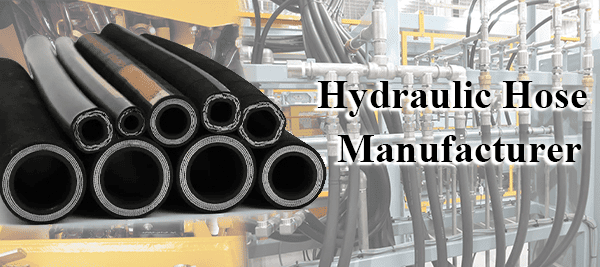When choosing silicone hose clamps, it’s important to select the right type of silicone hose clamps to ensure a secure and leak-free connection. The most commonly used clamps for mangueras de silicona are worm drive clamps and T-bolt clamps. Each type has its own advantages. This article explains these two clamps in detail to help you decide which one to choose.
T-bolt clamps vs. worm drive clamps: What’s the difference?
T-bolt clamps are designed specifically for high-pressure and high-temperature environments, making them ideal for applications that require a secure, long-lasting fix. They feature a heavy-duty band with a T-bolt mechanism that evenly distributes pressure. In contrast, worm drive clamps are versatile and affordable and are best suited for low-pressure, general-purpose applications.

What are the advantages of T-bolt clamps?
T-bolt clamps are more robust and designed for heavy-duty use. Featuring a T-shaped bolt, they evenly distribute clamping pressure around the silicone hose, providing a strong grip. These clamps are often used in high-pressure applications.
- Material: Typically made of stainless steel with heavy-duty bolts and nuts.
- High Strength: Offers greater clamping force than turbo clamps, ideal for high-pressure applications.
- Even Pressure Distribution: Distributes pressure evenly around the hose, preventing damage to the silicone hose and leaks at the joint.
- Durable: More durable than turbo clamps, able to withstand high pressure and vibrations.
T-bolt clamps are best suited for high-pressure applications such as automotive turbo systems, sistemas de enfriamiento, maquinaria pesada, and extreme temperature environments. They provide superior durability and secure performance.

What are the advantages of worm drive clamps?
A Worm drive clamp is one of the most commonly used clamps for silicone hoses. It is made of a threaded screw and a stainless steel band that tightens around the hose when the screw is turned.
- Material: Typically made of stainless steel, providing excellent corrosion resistance.
- Ajustable: Fits hoses of various sizes.
- Secure: Holds tightly to prevent the hose from slipping under pressure.
- Easy to Install: Can be installed with a screwdriver.
- Low Cost: Usually more affordable than other clamp types, making it ideal for standard applications.
Worm drive clamps are a cost-effective and versatile option, best suited for automotive hoses, garden pipes, and other pipelines with medium-pressure requirements.

How to choose the right clamp for your application?
Choosing the right clamp depends on:
- Pressure and temperature: T-bolt clamps are more resistant to pressure.
- Material compatibility: T-bolt clamps are suitable for thicker hoses; worm drives are suitable for lighter hoses.
- Size and fit: Make sure the size is right to avoid over-tightening.
What materials are used for T-bolt and worm drive clamps?
- Abrazaderas de perno T: Acero inoxidable, resistente a la corrosión.
- Worm drive clamps: Galvanized or stainless steel, durable.
Where are T-bolt clamps commonly used?
T-bolt clamps are commonly found in:
- Carreras: securing hoses in the engine compartment.
- Sistemas hidráulicos: high-pressure fluid delivery.
- Aplicaciones industriales: construction and chemical processing.
Where are worm drive clamps best used?
Worm drive clamps are great for:
- Automotive repair: DIY projects and engine repair.
- Plomería: low-pressure water systems.
- Garden and irrigation: securing garden hoses.
How do I install T-bolts and worm drive clamps?
Abrazaderas de perno T:
Place the clamp around the hose.
Tighten the T-bolt with a wrench.
Worm drive clamps:
Locate the clamp and tighten it with a screwdriver.
Resumen
Both T-bolt clamps and worm drive clamps have their own advantages and are suitable for different applications. T-bolt clamps excel in high-pressure, high-temperature environments and heavy-duty applications where a secure and uniform clamping force is important. Worm drive clamps are cost-effective and versatile for applications with lower performance requirements. The final choice depends on the specific needs of the application, and selecting the right clamp helps ensure a reliable and efficient connection.



